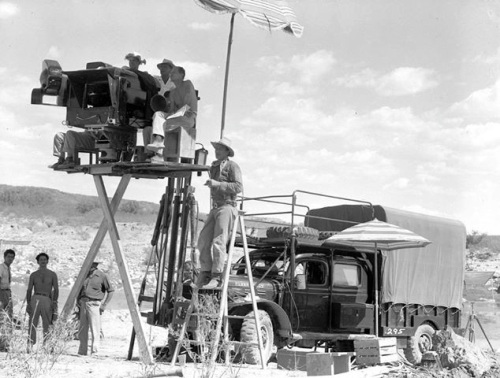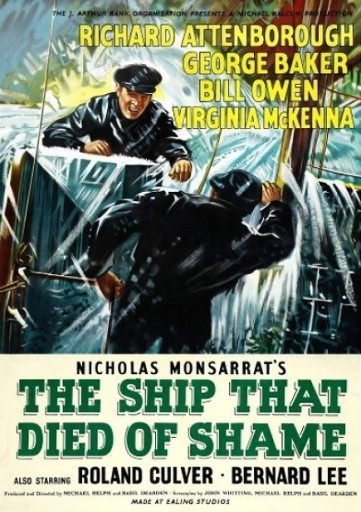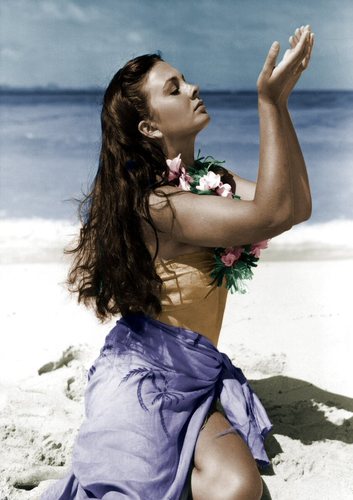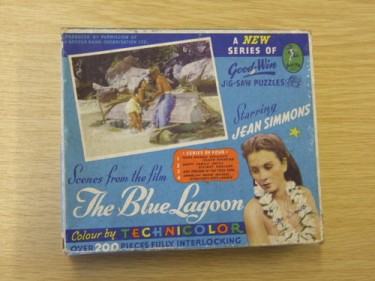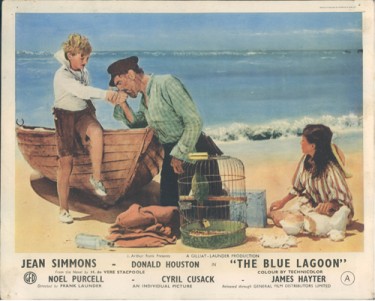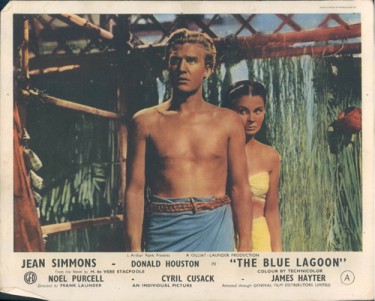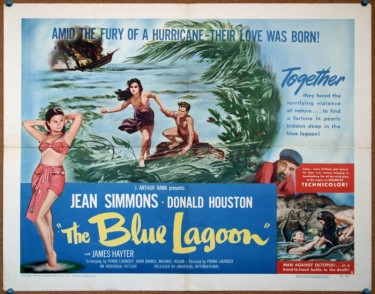HONDO 1953
BWANA DEVIL
“Excitement That Can Almost Touch You!” … “Bwana Devil – A Lion in Your Lap – A Lover In Your Arms!” … “The Hand is at Your Throat — The Kiss is at Your Lips – House Of Wax!”
It’s been 60 years since 3-D literally leapt off American movie screens with films like CREATURE FROM THE BLACK LAGOON, KISS ME KATE, DIAL M FOR MURDER and IT CAME FROM OUTER SPACE. Now, over half a century later, 3-D is back in the mainstream with a vengeance … and so is the World 3-D Film Expo!
3-D today may be technically different than the dual-35mm projector system of the early days – but whether you’re watching James Cameron’s AVATAR or Andre de Toth’s spine-tingling HOUSE OF WAX, there’s that same sense of childlike wonder and pure gonzo fun at watching images float/bounce/stab off the screen straight at you. There’s no denying it: 3-D is Cool.
It is kicking off with a special 60th Anniversary screening of the John Wayne western HONDO from 1953.
Also screening classics like KISS ME KATE, HOUSE OF WAX, REVENGE OF THE CREATURE and IT CAME FROM OUTER SPACE, all in their original dual-interlocked projector format with a silver screen and polarized glasses – alongside gems like the World 3-D Premieres of the Korean War drama DRAGONFLY SQUADRON (one of the last unseen 3-D features from the classic Fifties era) and the long-lost short “COLLEGE CAPERS” (restored from the only surviving print in existence.) And let’s be honest: 3-D was never meant for a Chekov play, it was always best at pure genre filmmaking – and whether your taste is Gothic Horror (THE MAD MAGICIAN, THE MAZE), Film Noir (I THE JURY, INFERNO), Musicals (THE FRENCH LINE, THOSE REDHEADS FROM SEATTLE) or “What on Earth is That??!” (the indescribably deranged ROBOT MONSTER and GORILLA AT LARGE) — it’s here at the 3-D Expo.
Sadly, several of the 3-D features and shorts screened at the previous Expos are no longer available – yet another reason that Expo III is a once-in-a-lifetime event, because for many of the movies showing here, you literally will not see them projected this way again. For the hardcore film-buffs, another reason not to miss the Expo is that we’ll be showing all of the features and shorts in their correct aspect ratio (many in widescreen); for the most part, these 3-D films have not been seen in their director-intended widescreen versions since their original theatrical play-dates nearly 60 years ago!
Hondo 3D screening
The third World 3-D Film Expo kicks off September 6, 2013 at the Egyptian Theatre, with a rare 3-D screening of Hondo (1954). Above, that’s John Wayne on the ladder watching as a shot it being set up (that gigantic thing on the lift is the Warner Bros. All Media Camera).
Other 3-D Westerns being shown during the expo: Douglas Sirk’s Taza, Son Of Cochise and Budd Boetticher’s Wings Of The Hawk (both 1953). Julie Adams will be on hand for Wings Of The Hawk.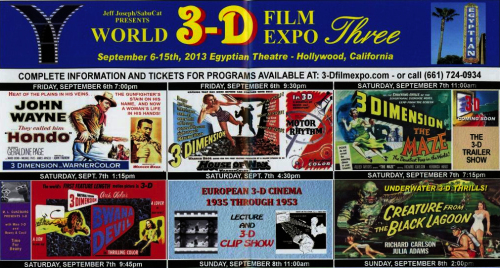
Who knows how many more 35mm 3-D presentations we can count on?
GRAUMANS EGYPTIAN THEATRE – Hollywood USA
The Egyptian Theatre was built by showman Sid Grauman and real estate developer Charles E. Toberman. The Egyptian Theatre cost $800,000 to build and took eighteen months to construct.
The Egyptian Theatre was the venue for the first-ever Hollywood premiere, Robin Hood, starring Douglas Fairbanks, on Wednesday, October 18, 1922.
In 1996, the city of Los Angeles sold the theatre to the American Cinematheque for a nominal one dollar with the proviso that the landmark building be restored to its original grandeur and re-opened as a movie theatre. The Cinematheque committed to raising the funds to pay for the restoration and to using the renovated theatre as home for its programs of public film exhibition.
The Egyptian Theatre was re-opened to the public on December 4, 1998, after a $12.8 million renovation. The original theatre seated 1760 patrons in a single auditorium. In the restored Egyptian the building has been reconfigured to add a second screening theatre. The main theatre now accommodates 616 patrons. The smaller, 77-seat theatre is named for Hollywood Steven Spielberg.




